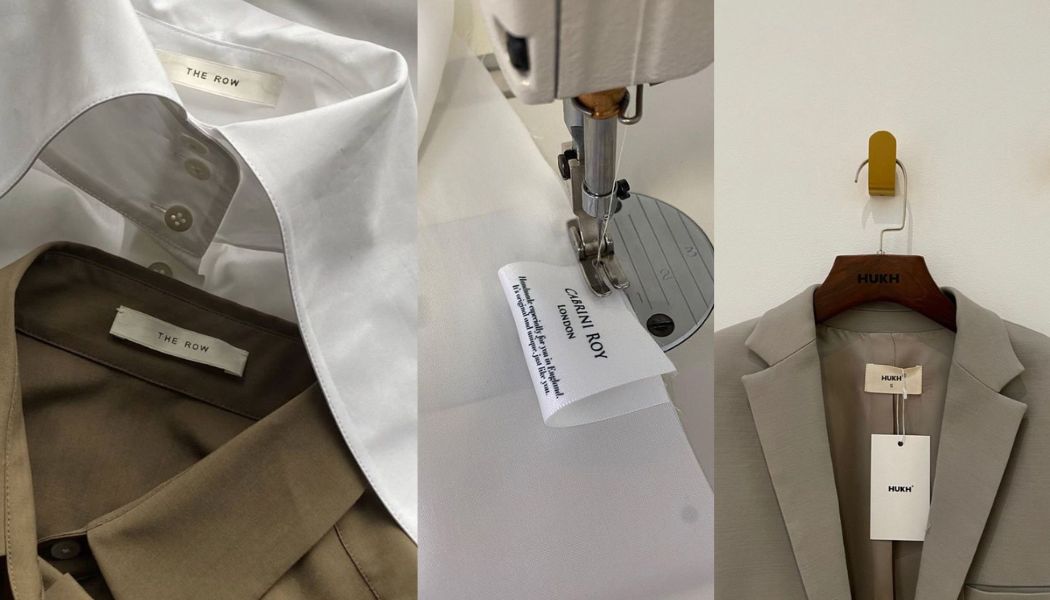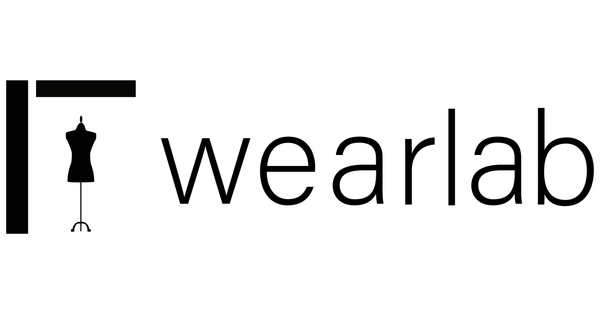
How Canadian Brands Can Master Cross-Border Cost After De Minimis is Gone
Share
A lot has changed. On August 29, 2025, the U.S. officially eliminated the $800 de minimis exemption. For years, Canadian brands have depended on that rule to ship orders across the border without paying tariffs. Sudden? Yes. Confusing? Also yes.
If you’re a brand doing clothing development or looking into working with a Canadian clothing manufacturer, you’ve probably been asking:
“What now?”
Enter something not everyone has heard about: TPL Tariff Preference Levels. Used correctly, it can save you from steep fees. Used wrong, it’s just more headaches.
What was de minimis and what its removal means
The de minimis rule used to allow low-value shipments (under $800 USD) to pass into the U.S. without tariffs or full customs processing.
With that exemption gone, every shipment big or small can incur duties and customs fees. That adds cost, time, and complexity.
What is TPL (Tariff Preference Level) and how it works
Under CUSMA / USMCA (Canada-U.S. trade agreement), there is a provision for Tariff Preference Levels for textiles, apparel, and fabrics. If your garment is cut & sewn in Canada, even if the fabric is imported, you may qualify for duty-free treatment under TPL.
The process involves applying for a TPL permit for each shipment.
When TPL makes sense what smaller brands need to consider
How to leverage a Canadian clothing manufacturer or agency
• Choose a partner (agency or manufacturer) who understands TPL and trade agreements.
• Do your development locally: fabric sourcing, prototyping, sampling all done in Canada. This ensures you meet criteria for TPL eligibility.
• Then, when your brand is more established, scale production (maybe offshore) but with management that can handle permits, rules, and quality.
• Communication and documentation are everything tracking fabric origins, shipment invoices, certificates, etc.
Risks, challenges & what to watch out for
• You’ll need evidence and documentation (who supplied the fabric, where sewing happens, etc.).
• TPLs often have quotas and are allocated on a first-come, first-served basis. If many brands try to use them, you need to act early.
• Permit costs and administrative work are new overheads not massive, but don’t forget them in your pricing.
Conclusion
If you are a startup or mid-size brand working with a Canadian clothing manufacturer, the removal of de minimis is painful but not fatal. TPL is your best tool now to stay competitive when shipping to the U.S.
The real win comes when you combine strong clothing development in Canada with smart logistics.
Make your samples locally. Find a partner who understands trade. Stay ahead of documentation.
We work with brands every day across USA, Canada and beyond to help them build with clarity. If you want the details on how to set up TPL, when to apply, and how to make sure your product qualifies, drop us a message or subscribe to our newsletter.
